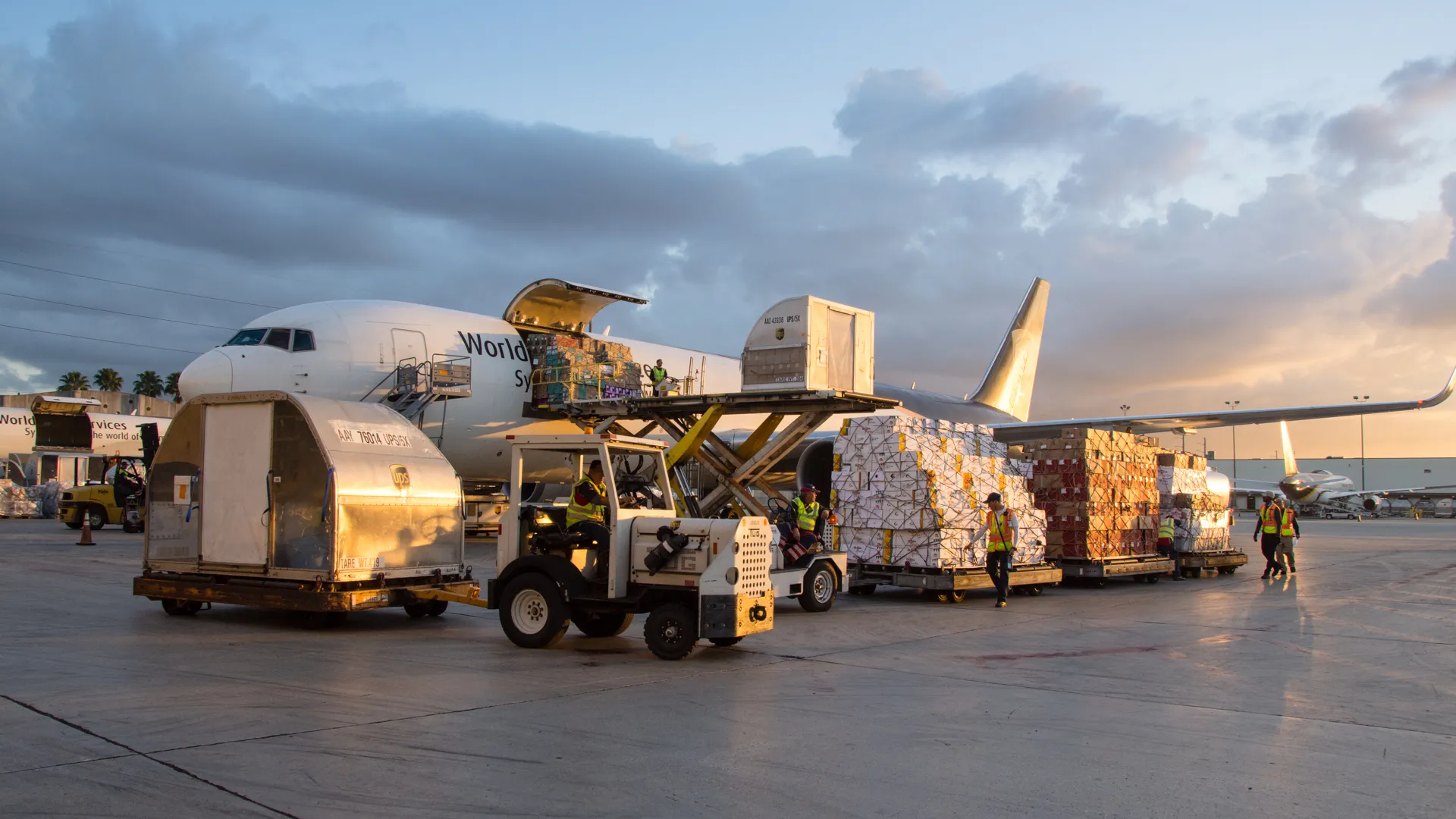Executive Summary
Supply chains are facing unprecedented and continuous disruption, from geopolitical shifts, climate and external related events, labor shortages, and demand variability. For many organizations, the pace of change has outstripped the speed at which traditional supply chain models can adapt. The question is no longer if disruption will occur, but how often and how prepared a business is to respond.
This whitepaper explores the strategic imperative of agile supply chain design in an environment where conditions evolve daily. We will explore how organizations can make informed, forward-thinking decisions through advanced modeling, scenario planning, and flexible design frameworks that account for uncertainty, rather than fight it.
The Reality of Continuous Disruption
Supply chains today are shaped by a cascade of unpredictable factors:
- Shifting trade regulations and tariffs
- Transportation capacity constraints and route volatility
- Demand shocks driven by consumer behavior, inflation, or product launches
- Climate-related events & external risks disrupting infrastructure
- Technological acceleration and obsolescence cycles
These dynamics demand a supply chain strategy that is not static or linear. The traditional five-year network plan is insufficient when conditions may pivot weekly. Businesses must now treat change as a constant and build supply chains that are designed for resilience, agility, speed, and scalability.
Designing for Agility & Resilience: A New Approach
Supply chain design is no longer a one-time strategic project, it’s a continuous discipline. Designing in a time of disruption means prioritizing the following:
1. Scenario-Based Modeling
Modeling is the foundation of resilient design. Today’s modeling tools allow organizations to simulate a wide range of variables, including:
- Demand variability
- Inventory and fulfillment constraints
- Transportation cost and lead time fluctuations
- Labor availability, automation and productivity
- CO2 emissions and sustainability targets
2. Evaluating Multiple Network Designs
Rather than optimizing for a single “best case” network design, organizations should compare multiple, viable design options. These may include:
- Centralized vs. decentralized distribution models
- Domestic vs. offshore sourcing strategies
- Direct-to-consumer vs. wholesale fulfillment networks
- Hub-and-spoke vs. point-to-point routing
- Impacts on inventory strategy, inventory cost, facility costs and geo impacts
Each option carries different implications for cost, service levels, risk exposure, and speed to market. Decision-makers must weigh trade-offs in real-time, often with imperfect data.
3. Building Flexibility into the Network
Resilience isn’t just about having a backup; it’s about having adaptable infrastructure and agreements in place that support pivoting:
- Multi-sourced suppliers and contract manufacturers
- Optimized distribution centers and/or flexible 3PL partnerships
- Evaluate transportation modes in line with your competitive strategy
- Technology platforms that enable fast reconfiguration
Businesses should intentionally design “degrees of freedom” into their supply chain so they can shift gears quickly when disruptions arise.
4. Aligning Design with Broader Business Strategy
Supply chain design must be in lockstep with the company’s broader goals:
- Are you pursuing growth in a specific region(s)?
- Are you committing to a competitive strategy focusing on cost or time in transit goals?
- Are you looking to expand product categories or acquisition targets?
Each of these decisions impacts and is impacted by supply chain design choices. Cross-functional collaboration between supply chain, finance, commercial, marketing and sustainability teams is critical.
5. Modeling shorter duration projects and quick sprints
Model shifting to single geographies and quicker supply chain projects in light of current geopolitical changes.
- Reduces exposure to long-term geopolitical or market volatility
- Faster time to realize value with measurable results in months
- Greater flexibility and scalability to adapt to emerging opportunities or risks
- Lower capital and execution risk compared to large-scale overhauls
Shorter, regionally focused supply chain projects allow companies to stay agile, resilient, and aligned with fast changing geopolitical and economic conditions, rather than overcommitting to long risky transformations.
Planning a Course Forward
So how does a business plan a course in a world where tomorrow’s conditions may invalidate today’s plan?
- Embrace uncertainty as a planning input, not an outlier
- Invest in visibility across supply, demand, and logistics
- Use modeling to illuminate trade-offs and pre-test decisions
- Create a design playbook, not a static map - one that includes trigger points and decision paths
- Institutionalize agility into your design process - review it regularly, and adjust proactively
Conclusion
In a time when disruption is the norm, supply chain design becomes one of the most strategic levers a business can pull. The companies that succeed will be those that accept change, model continuously, evaluate multiple cost variables, and design their supply chains not just to endure, but to evolve.
About the Author

Stan Sliwoski
UPS Customer Solutions | Senior Manager
As the Senior Manager of the Global Supply Chain Design Team, Stan has spent over three and a half decades helping customers design supply chains that work for them. With extensive experience in Industrial Engineering and transportation, Stan tailors his vast UPS knowledge to design innovative logistics strategies to meet the needs of his customers. Stan is passionate about delivering advanced supply chain optimization and network modeling expertise to support strategic decision making for our global customers.
 Customer
Customer 





